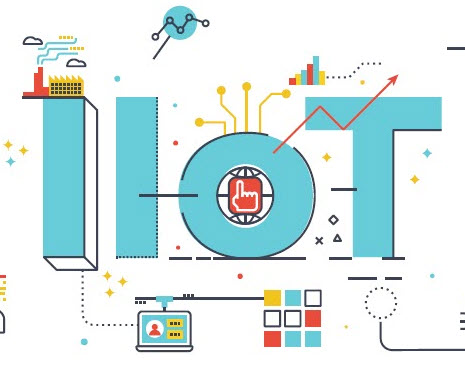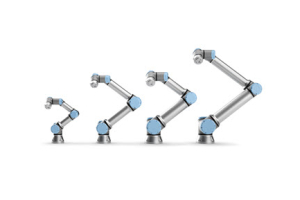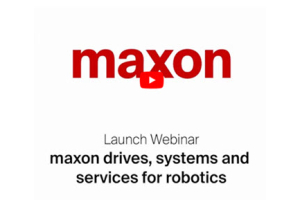
Written by the IIoT Task Force of the PTDA Industry Insights Committee: AnnaMarie Donaldson (Altra Industrial Motion), Mike Pulley (Bartlett Bearing Co.), Ross Rivard (Ringfeder Power Transmission USA Corporation) and Joe Savage (Bearing Service Inc.)
Originally Published by PTDA Transmissions

The interconnectivity of intelligent devices and data sharing — the Industrial Internet of Things (IIoT) — continues to transform manufacturing. In particular, companies in the food and beverage industry are deploying IIoT technology for multiple reasons: reducing manufacturing costs with asset optimization, predictive maintenance through equipment with built-in sensors grouped into one network and advanced automation to increase efficiencies and productivity.
The primary goal of all food and beverage companies is to deliver high quality food to the end customer. The global food and beverage market continues to expand due to consumers demanding more and innovative products faster. In 2011, the Food Modernization Act was passed and has served as a catalyst for global changes in how food is processed and what technologies are used. Consumer demand and legislation combined with the global pandemic of 2020 will have companies deploying IIoT at an accelerated pace. ResearchAndMarkets.com estimates that global investment for food companies with IIoT technology will grow at 9.5% CAGR thru 2025.
Impact of Changes in Food Processing Technologies
The COVID-19 crisis has increased the awareness of plant and personnel safety in the workplace. Many food manufacturers closed their facilities for a period of time due to infection rates among their employees. Large companies will certainly be re-evaluating their systems and seeking to automate their processing even further, eliminating human error or contamination. The latest Honeywell Intelligrated Automation Investment Study shows the food and beverage (59%) as one of the top sectors most willing to invest in more automation. Warehouse execution software (48%), order picking technology (46%) and robotic solutions (44%) are the most expected to receive further investment in the short term. IIoT will be used to assist food and beverage companies in achieving higher levels of food safety, cut down on waste, and reduce cost and risk through the stages of processing.
The most common way PT/MC distributors and manufacturers assist the food industry is by offering IIoT enabled predictive maintenance solutions. In predictive maintenance, by utilizing built-on sensors for critical equipment, companies monitor their condition to predict equipment failure and schedule maintenance before it disrupts production. With low margins, food manufacturers have a constant need to drive higher productivity, which means they often push out routine maintenance. IIoT deployment will deliver data to help them make better decisions.
PT/MC IIoT Solutions
Several PTDA member manufacturers offer IIoT solutions focused on predictive maintenance, and their technologies will continue to develop as demand increases from the F&B industry. Industry leaders are now offering built-on sensors to mount on gearboxes, bearings, backstops and other PT equipment. These sensors monitor temperature, vibration, oil levels and the overall health status of the installed equipment. PTDA member Schaeffler has been on the forefront of IIoT technology. Frank Mignano, Manager-Condition Monitoring, Americas, says, “As we have learned during the current crisis, it is vitally important, especially in the food and beverage industry, to have tools that can minimize human intervention as well as help manage asset reliability. Equipment such as bottle fillers or critical motor-fan systems to blow hot or cold air to complete a process are absolutely critical to the profitable operation of F&B production facilities. Accordingly, mitigating unplanned failures during critical production runs can help reduce maintenance costs by as little as three and as much as 10 times.”
Distributors can work with their manufactures offering IIoT solutions by introducing this technology and reinforcing the value it creates for the customer, thereby validating our presence as leaders in providing “forward-looking” industrial solutions and driving savings. As food companies deploy and refine IIoT, data will feed and drive their supply chains, which will create more opportunities for the power transmission/motion control industry. Ultimately, those organizations actively offering IIoT products or services that help achieve greater food safety, optimize production and leaner inventory management will prosper in the era of the Industrial Internet of Things.





